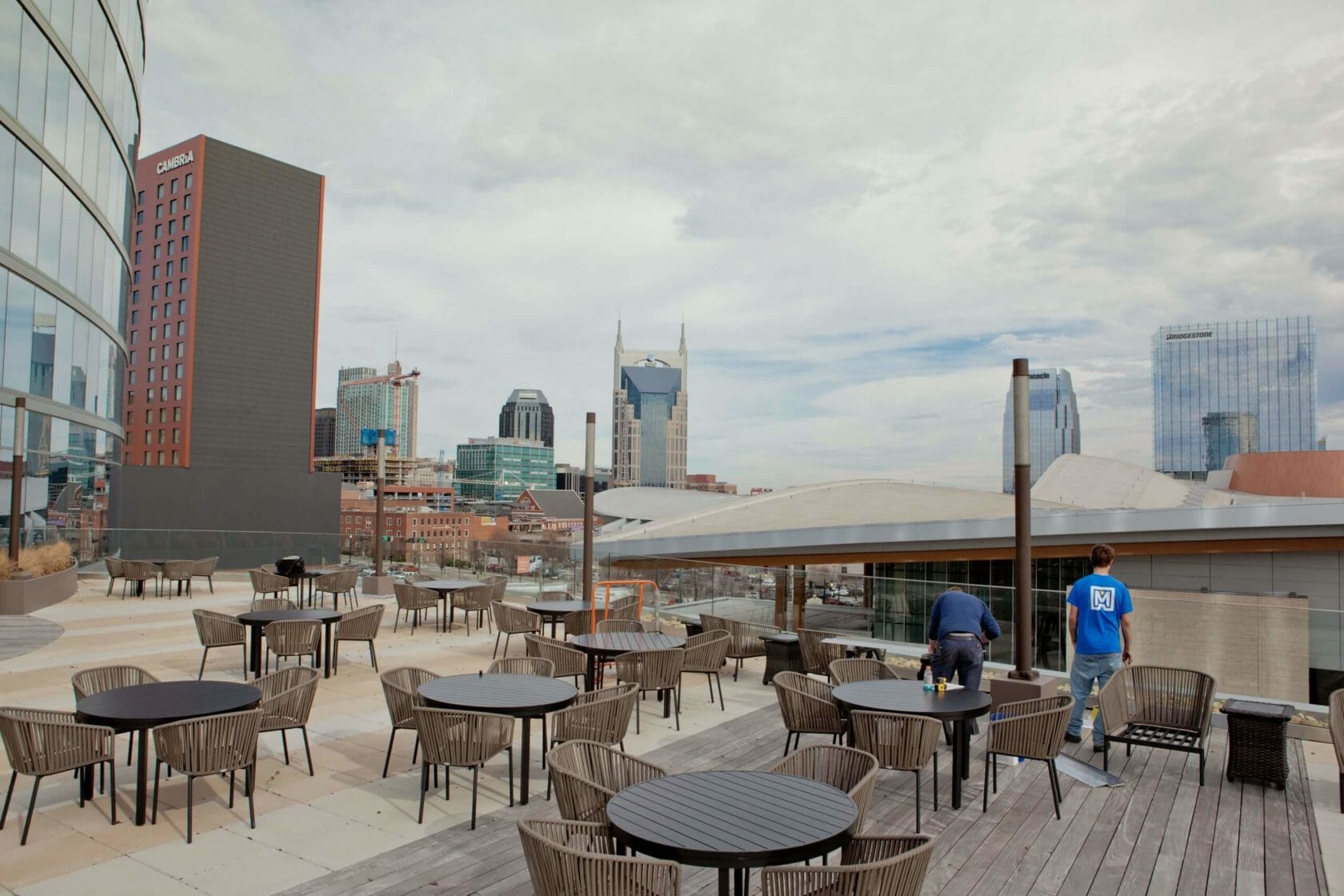As the chief designer of a building, an architect’s decisions affect every part of a building, including the roof. While the architect is responsible for the overall building, they will usually hire a consultant to ensure that the building’s architecture works together with the roof’s design. Here are a few ways that roofing architecture can affect the function and design of a commercial roof.
1. The building envelope.
Roofs play an important role in waterproofing and weather-proofing a building. The protective membrane that roofs use to keep the inside of a building safe is known as the building envelope. Architecture and design of a building can change the types of membranes and protective coverings that can be used on a roof, which in turn can affect how well the roof functions as the building’s most important protective service. Architects often rely on roofing consultants to help ensure that the building envelope can be optimized to work well with the design and still prevent leaks.
2. Weather ready design.
Different climates and weather patterns determine roof needs. Buildings in places with hurricanes or heavy rain and snow need roof designs that protect it from those weather events. Architects may opt for certain roofing materials or vary the pitch of a roof to deal with these weather phenomenons. The building’s architecture will affect the way the roof is designed, but architects should consult a roof technician to ensure that the roof design will be able to fend off the weather.
3. Green design.
The roof is one of the most important elements of buildings that are designed for optimal energy efficiency. Many green buildings use their roofs to support solar panels or vegetative roof systems. Other buildings will use the roof for insulation or skylights. All of these require particular roof architecture and design. Green roof specialists can help with this design process.
4. Architectural roofing.
Architects will often use a roof for a particular design element. While this can do a lot to affect a building’s look and feel, it can also affect the functionality of a commercial roof. It’s important that an architect consult a commercial roofer before completing the final drawings of a building. Roof pitch, roof material, and roof size can all affect the way the roof functions, which can affect the long-term protection of the building.
To learn more about how architectural design and commercial roofing work together to create safe and functional buildings, contact Maxwell Roofing and Sheet Metal today.

